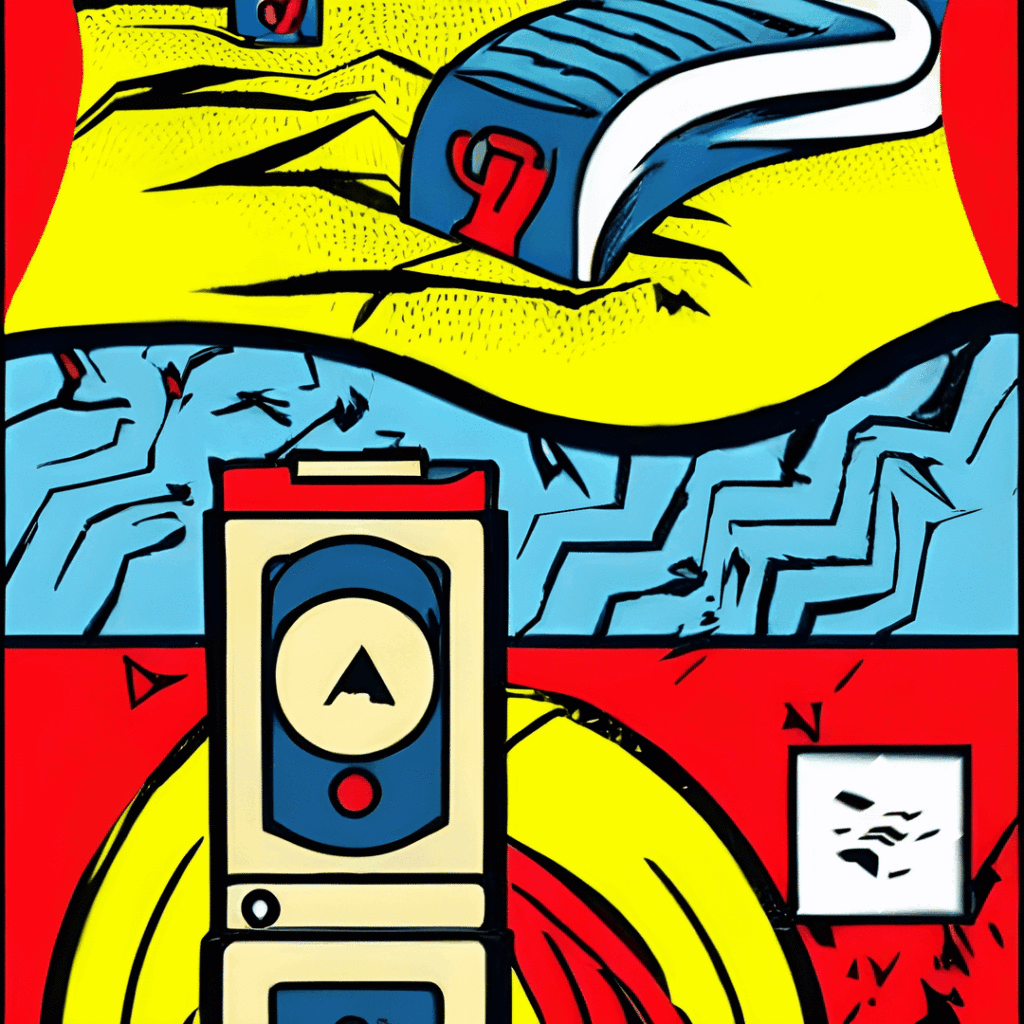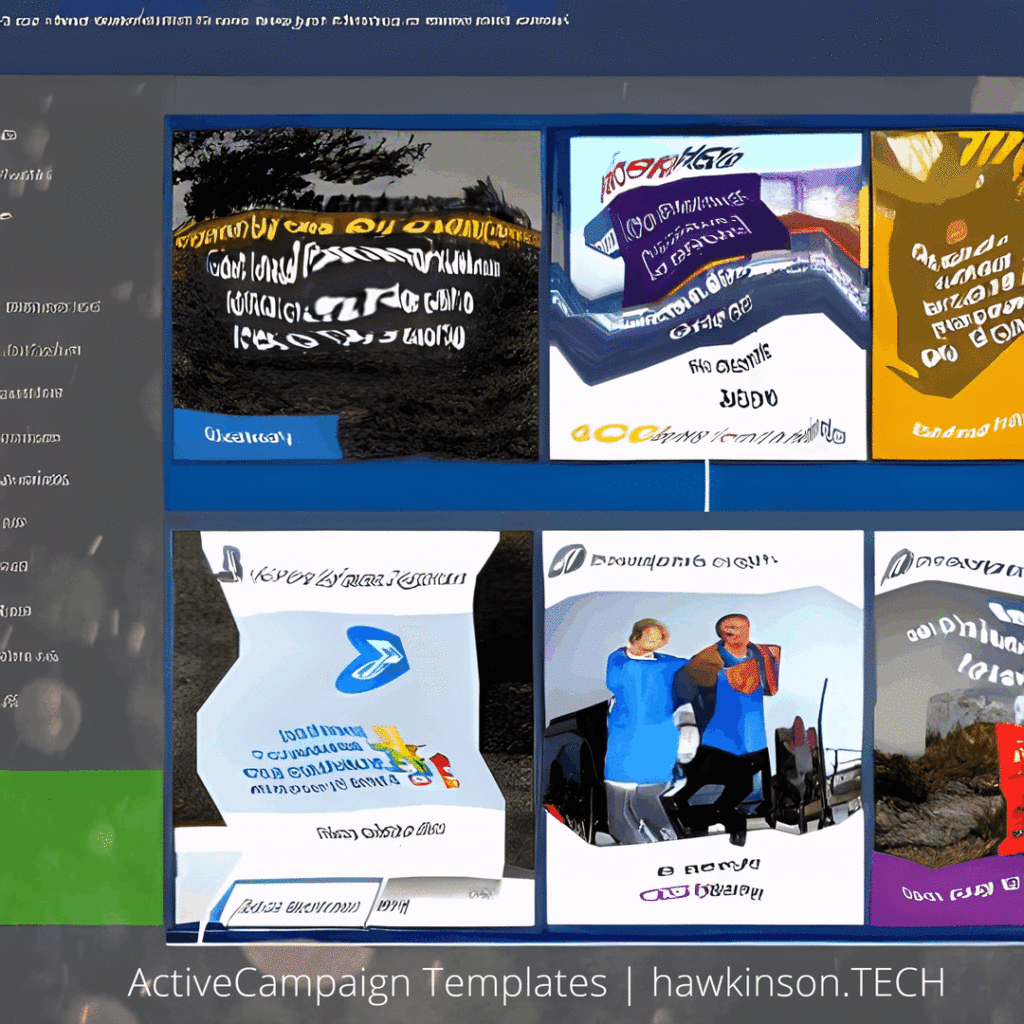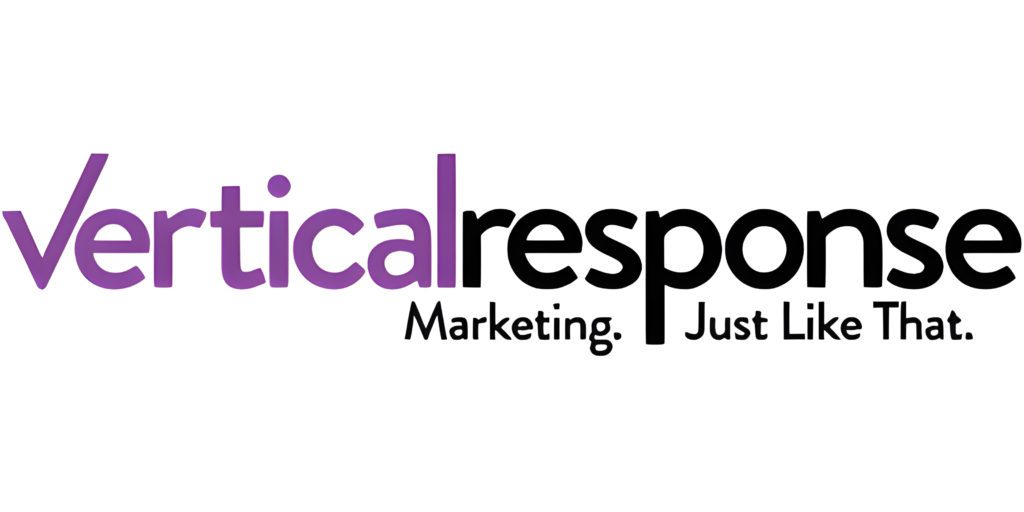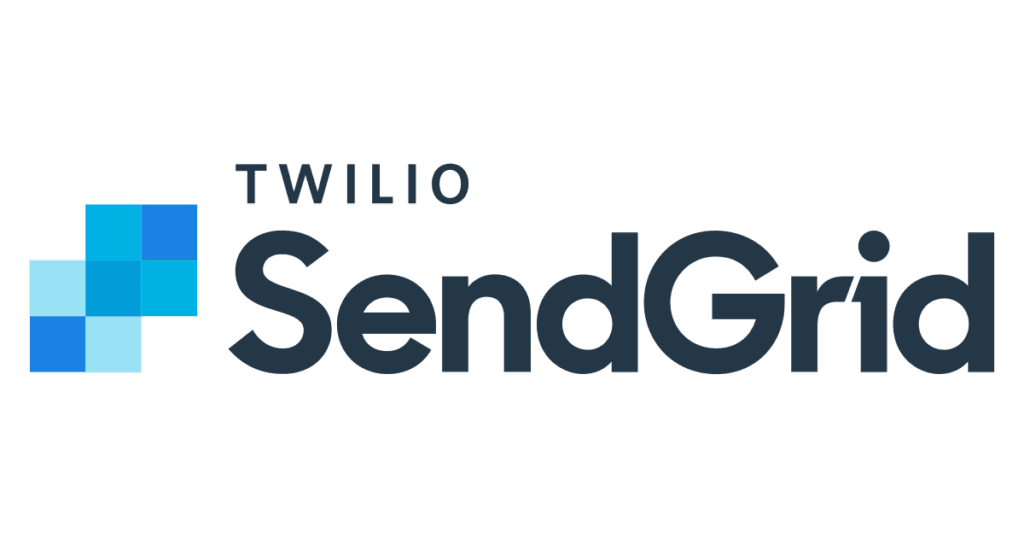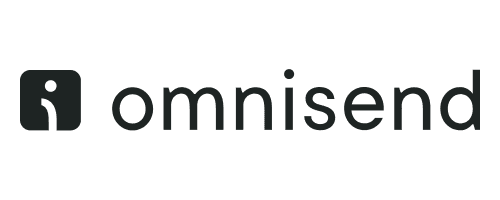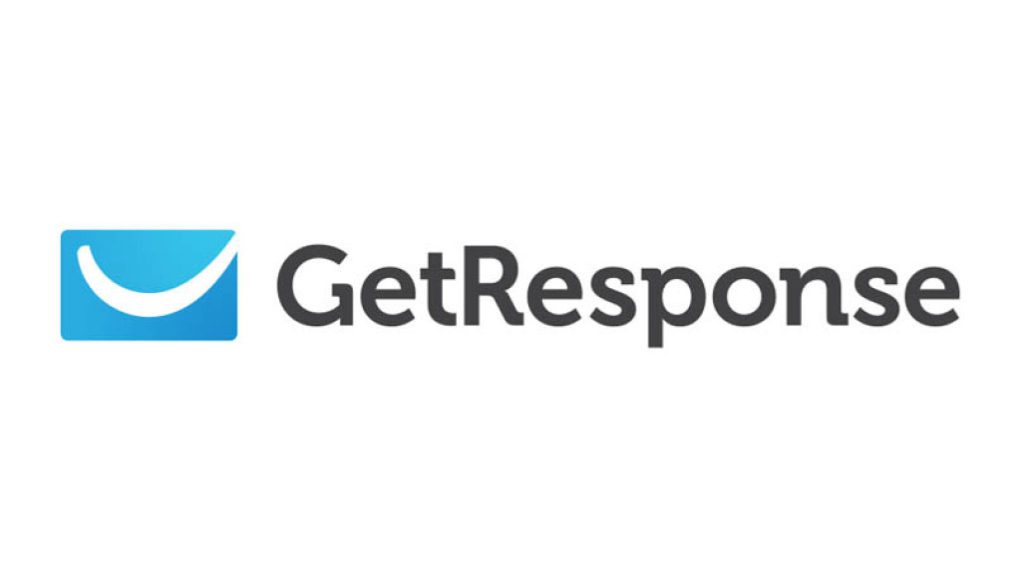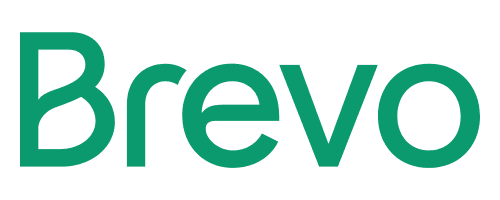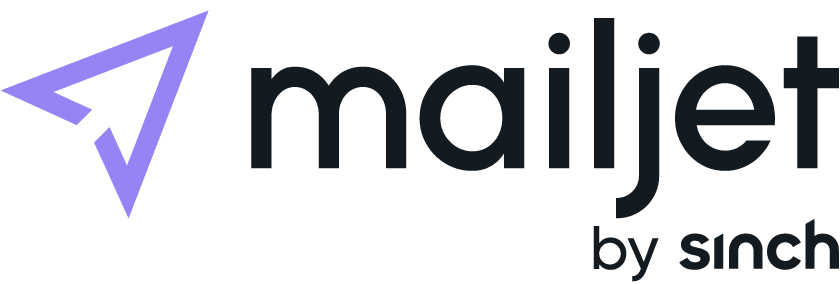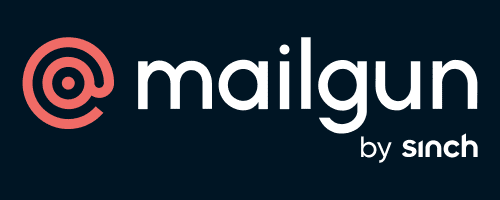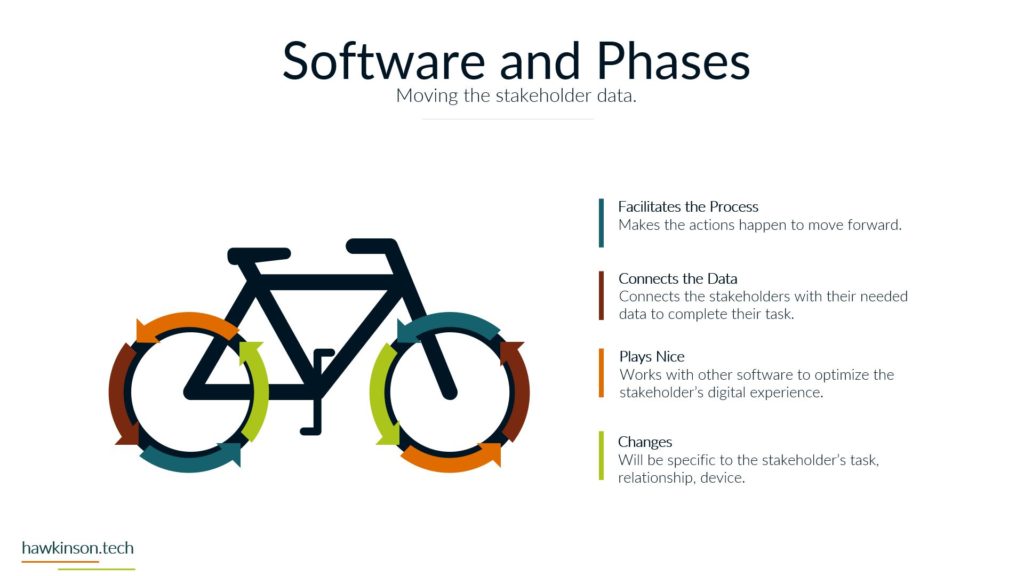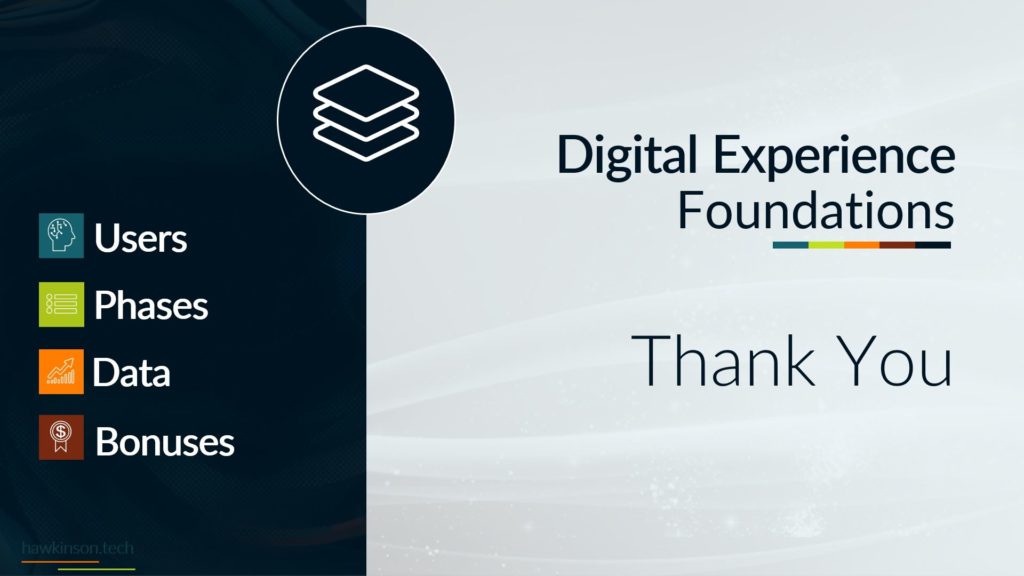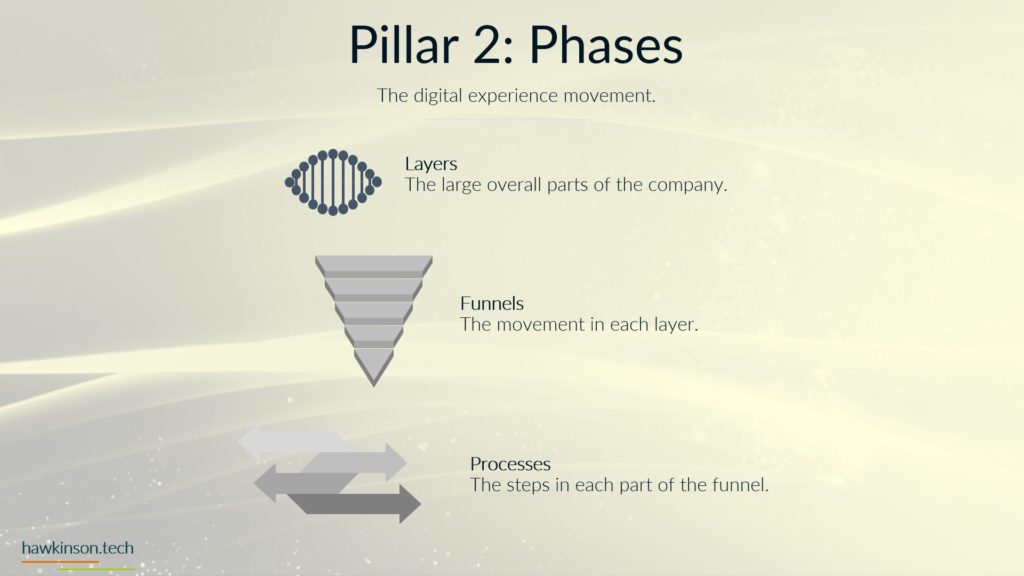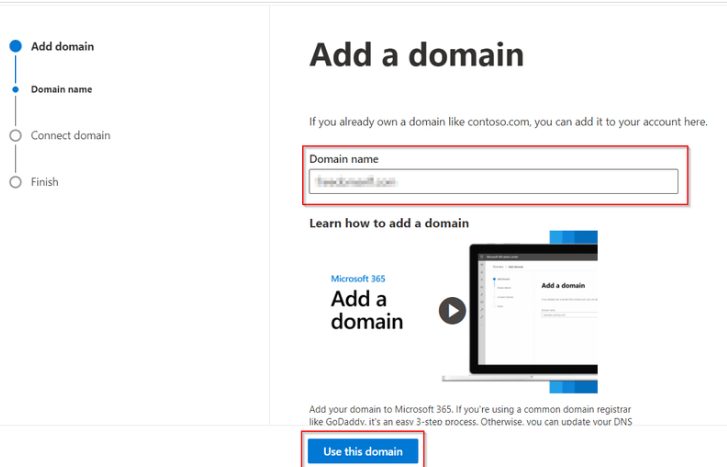MailerLite is an email marketing platform that provides an easy-to-use interface and powerful automation features to help businesses of all sizes create and send effective email campaigns. Its goal is to enhance the digital experience not only of the mail creator but also that of the readers. With MailerLite, you can manage your email subscribers, create newsletters, and automate your email marketing campaigns all from a single platform.
When done properly, the platform also helps reduce the risk of you falling into spam traps and, therefore, making the most out of your ventures.
Key Features
- Email Builder: With MailerLite’s drag-and-drop email builder, you can create beautiful and engaging newsletters without any coding skills. You can choose from various templates, add images and videos, and customize the layout and design of your email campaigns. You can also preview your emails in different email clients to ensure they look great on any device.
- Automation: MailerLite’s automation features allow you to create personalized and targeted email campaigns triggered by specific actions or events. You can set up automation workflows to welcome new subscribers, send abandoned cart reminders, and follow up with customers after a purchase.
- A/B Testing: MailerLite allows you to test different versions of your email campaigns to see which one performs better. You can test different subject lines, content, and designs to optimize your email campaigns for better engagement and conversion rates.
Other features of MailerLite include:
- Landing pages to complement your email campaigns
- Forms for lead generation
- Segmentation to target specific groups within your email list
- Reporting and analytics to track email campaign performance
- Integrations with other tools and platforms such as Shopify, Zapier, and WordPress.







